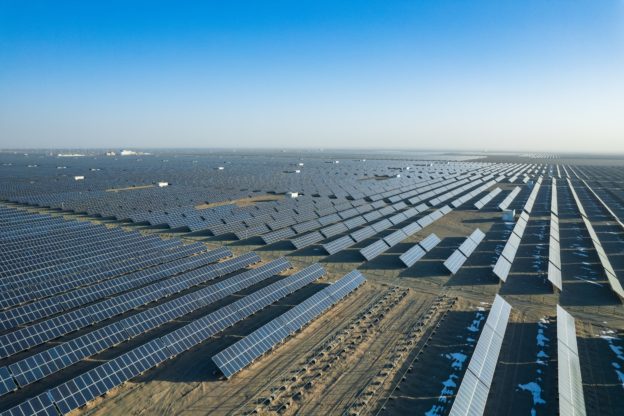
Upstream Chinese solar suppliers are currently unfolding a ferocious price competition that has led to a drop in wafer prices, and is expected to lower module cost in 2023 that would facilitate Chinese and global solar development.
The price decrement of solar material prices in the most recent weeks has brought down the cost of overall supply chain, where wafers had endured the largest drop as upstream Chinese solar business LONGi first lowered its wafer prices by 27%, followed by TLC Zhonghuan’s reduction of 25% in quotations.
As pointed by the statement of CNIA, wafer prices, due to the drop of cost in key material multi polysilicon, are essentially likely to see a reduction as well. CNIA then further commented that solar wafer suppliers have lowered their utilization due to sluggish prices and excessive provision, where some have even dropped to 60-70% of their full load capacity.
The Wednesday report of Daiwa Capital Markets pointed out that the wafer price war may inhibit the level of profitability for all suppliers, and LONGi may have decided to thin out the profit for its wafers in order to lower production cost. The latter has yet to provide any responses.
With that being said, a price war could at least expedite China’s development in renewable energy, since the country’s zero COVID policy that has severed the supply chain this year has ascended the cost of multi polysilicon to the highest level over the past decade, which also ramped up prices of solar modules. This not only impacts the progress of Chinese and global solar plants, but also attracted the attention of the Chines government, and the declining prices may perhaps slightly improve the solar market in 2023.
Despite rising solar cost and supply chain challenges, China had accomplished quite remarkably in solar installations throughout 2022 as the industry projects 65.7GW of new solar capacity in the first 11 months that is now heading towards a target of 85-100GW.